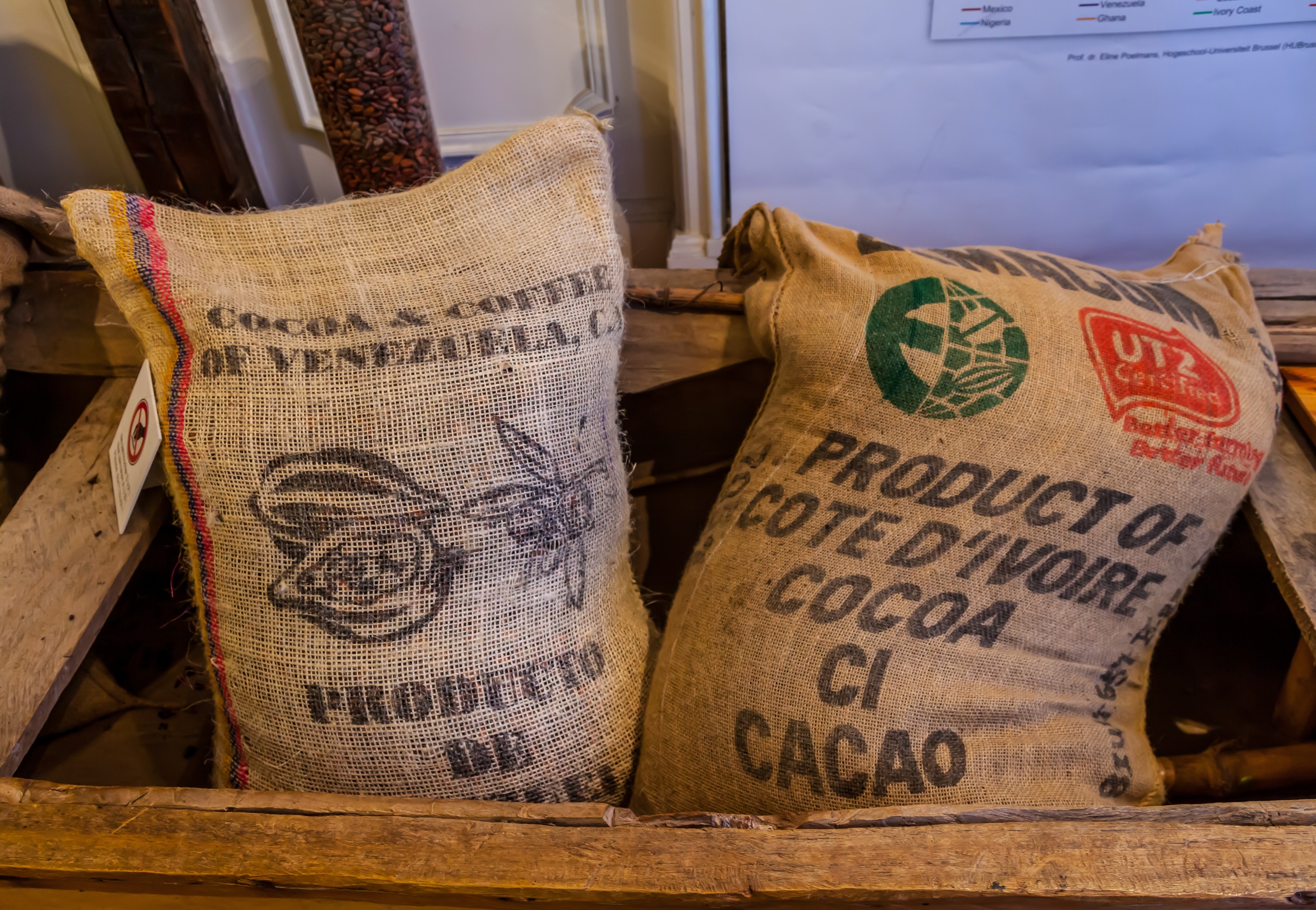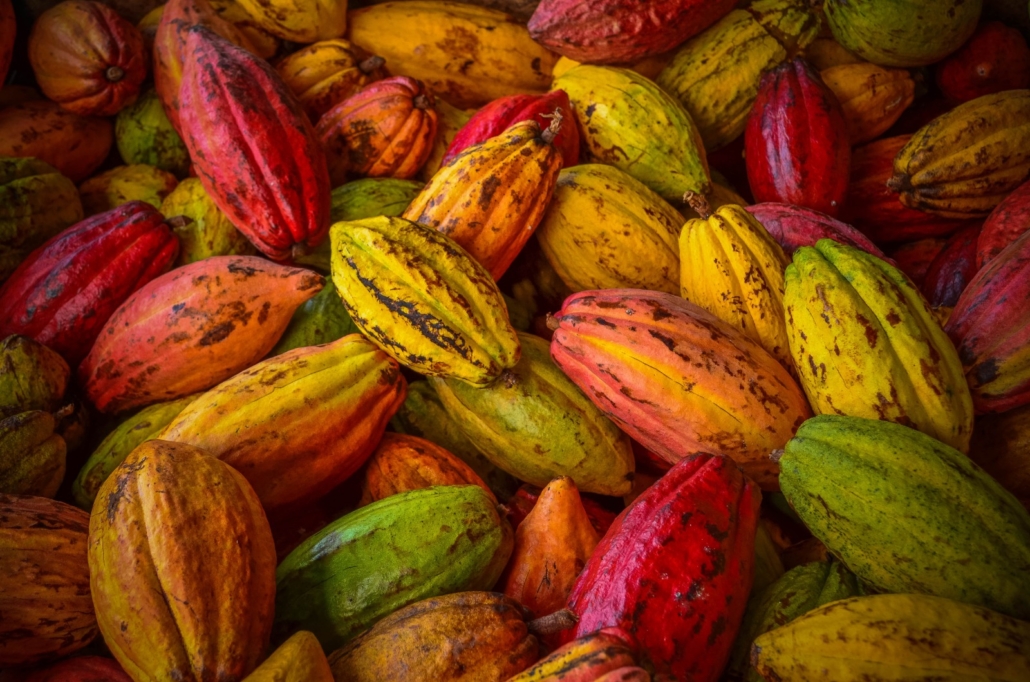Cocoa and cacao: production, processing and climate challenges
What is the difference between “cacao” and “cocoa”? How is climate change affecting the production of cacao?
ArtOn Café, despite being mainly concerned with coffee, is interested also in other commodities and products, such as tea and cacao.
Let’s start with a bit of vocabulary practice: cocoa and cacao
The words “cocoa” and “cacao” are often confused and therefore misused. How can we use these words properly? Fun fact: chocolate comes from a tree, whose botanical name is Theobroma Cacao. We need to know this so as to better understand the difference between the two words. Cocoa is probably the more common word, as it is an ingredient in chocolate and often used for baking, while cacao is the seed, shaped like a bean, from which chocolate is made. Basically, cacao refers to the raw, unprocessed and unroasted seeds. (Murray, 2018, 2019).
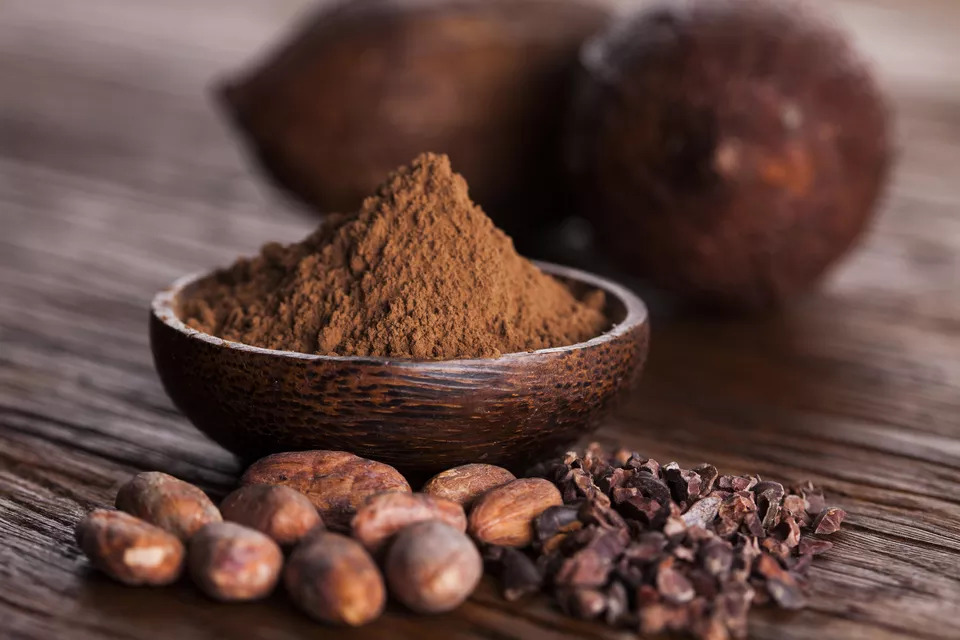
Jan Pietruszka / Getty Images. Source: (Murray, 2019)
Interestingly, English seems to be the only language having two different words to describe the unprocessed seeds and the manufactured product. All other languages apparently have just one word to refer to the numerous forms of the plant. Actually, it is widely believed that this peculiarity of English derives from a spelling mistake – which was never corrected – of the word cacao (Murray, 2019).
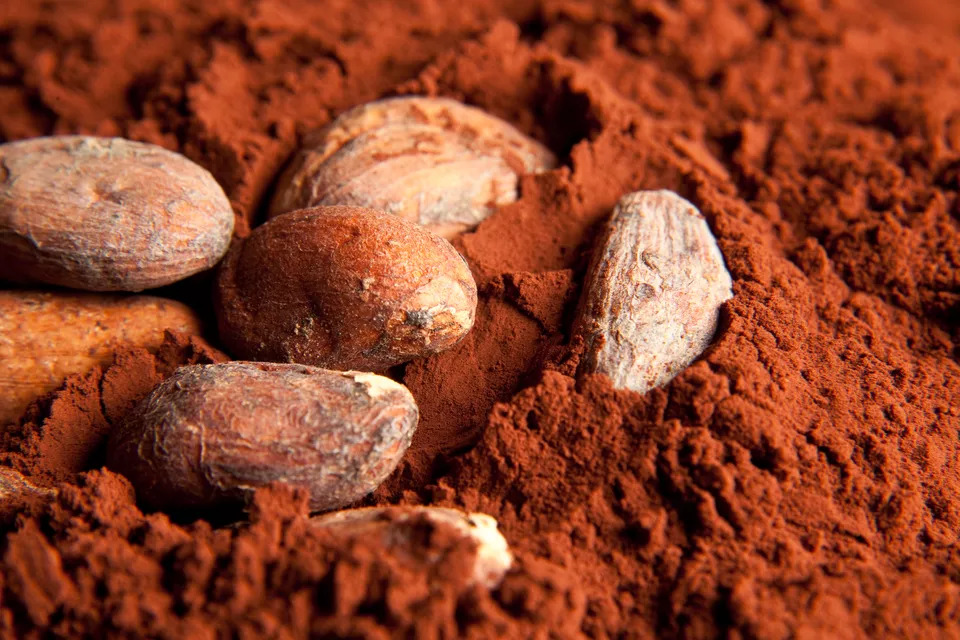
Wundervisuals / Getty Images. Source: (Murray, 2018)
Cocoa production: the major cocoa producing countries
Cocoa beans derive from the cacao tree, which is indigenous to the equatorial regions of the Americas but is now grown in tropical areas all around the globe. The cacao tree requires a warm, tropical climate, that can be found in countries such as the Ivory coast, Ghana, Indonesia, Nigeria, and Cameroon (Shvili, 2020).
Nowadays, nearly 70% of the world’s cacao is grown in Africa and in 2019/2020 the production of cocoa beans in Africa was estimated to be around 3.6 million metric tons. Most of it was produced on the Ivory Coast (Shahbandeh, 2021), which, producing over 2 million tons, is the world’s major cacao producer. The Ivorian economy is strictly connected to cacao exports, as it represents 40% of the country’s export revenue, and this means that it is highly dependent on the price variations of cacao (Shvili, 2020).
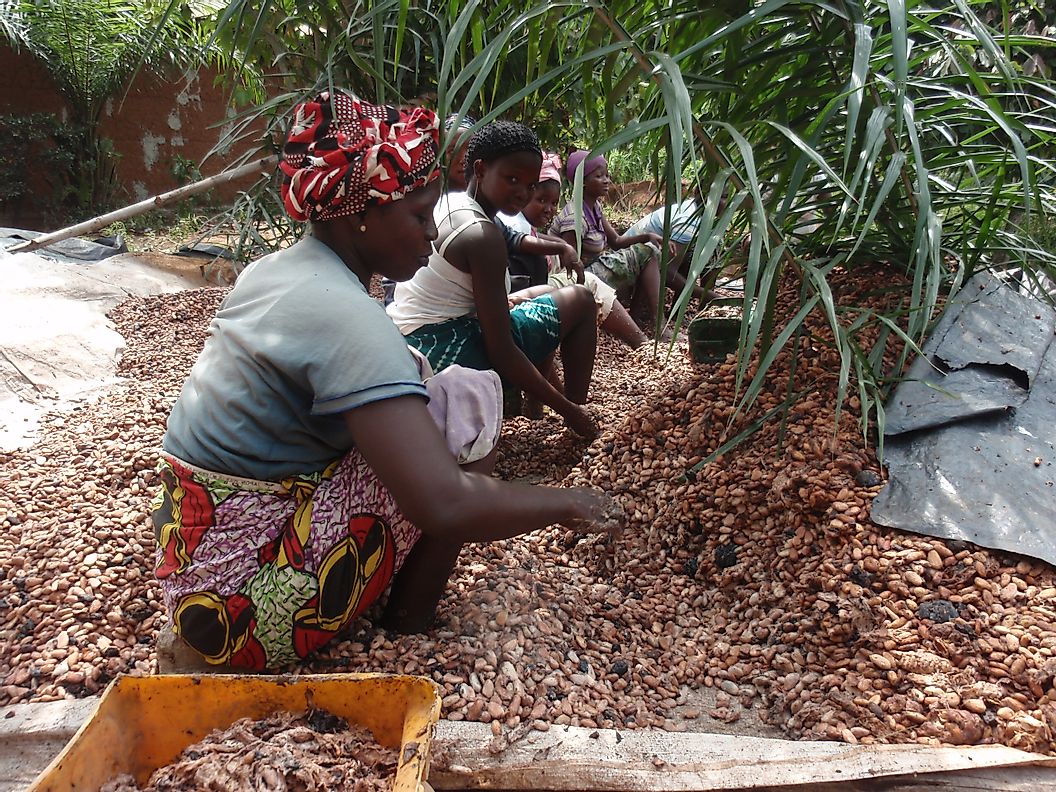
Women in Cote d’Ivoire extracting and washing cocoa beans. Image credit: BOULENGER Xavier/Shutterstock
Source: (Shvili, 2020)
Ghana, one of the Ivory Coast’s neighbouring countries, is the second biggest exporter of cocoa, and its production represents 30% of the country’s export revenue. Nigeria and Cameroon are also in the top-five cacao producers. Despite being the world’s fourth biggest cocoa producer, Nigeria faces some challenges in this field, as both the cacao trees and the farmers are generally old and therefore less productive. Moreover, the farming methods used are often obsolete or inappropriate and the production of cocoa products is not diversified. In Cameroon 37% of the cultivated soil is dedicated to cacao, which represents the main source of income for most of the rural population (Shvili, 2020).
Finally, Indonesia, which is the world’s third cocoa producer, is the only one in the top-five cocoa producing countries that is located in Southeast Asia and not in Africa. In Indonesia the cocoa industry is relatively recent; in fact the country only started producing cocoa consistently in the 1980s (Shvili, 2020).
Climate challenges and their effects on cocoa production
Cocoa production faces numerous challenges both environmentally and socio-economically.
Starting from the environmental and climatic side, cocoa cultivation often still implies the inappropriate use of chemicals, which negatively affect the soil, and the depletion of forests. For example, in Ghana between 2010 and 2015 more than 100 thousand hectares of forest were cleared for cocoa production (Shvili, 2020).
Climate change might also challenge cocoa production, and for example climatic factors are one of the main causes of the declining trend experienced by Nigeria in cocoa production around 2008. Climatic factors were therefore analysed to assess the degree of vulnerability of the plantations and to find the best strategies to cope with climatic challenges (Oyekale, Bolaji, & Olowa, 2009).
Studies show that temperature and rainfall generally play a vital role in cocoa production, notably in West Africa. In particular, extreme temperature seems to negatively affect cocoa production and the current combination of increasing temperature and declining rainfall may result in a reduction of the cocoa output in the future (Ofori-Boateng & Insah, 2014).
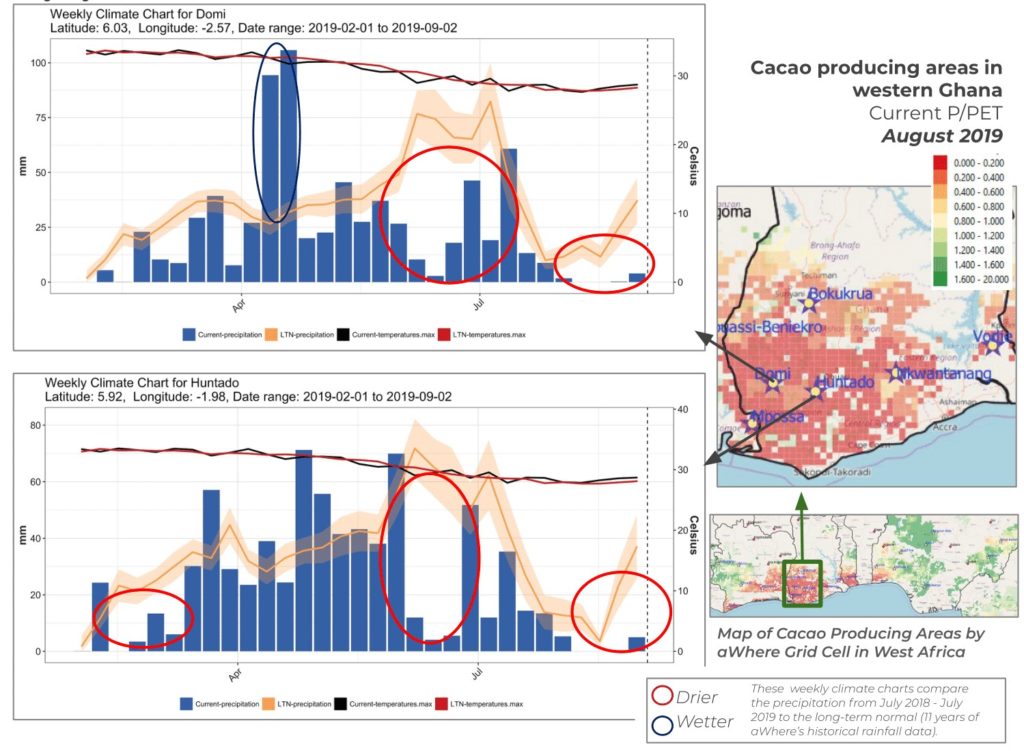
These charts show the extreme variability in rainfall from February to September 2019 compared to the long-term normal (11 years).
There were many weeks when little to no rainfall fell, where over 50 mm was expected.
This will likely impact both cash and food crops across Ghana.
Source: (Allognon, 2019)
Socio-economic implications of cocoa production
The production of cocoa is often sadly associated with child and forced labour, as millions of children are employed in harvesting cocoa beans. Organizations that promote human and workers’ rights are now raising consumers’ awareness about this phenomenon and encouraging consumers to prefer fair trade chocolate and cocoa products (Shvili, 2020).
In this way, the variations in demand could positively affect the production methods and help producers and workers to make their voices heard. In fact, fair trade systems such as Fairtrade, the most famous, which we presented in one of our previous articles, aim at improving working conditions and simultaneously respecting human rights and safeguarding the environment.
Processing cocoa
Cocoa is one of the most popular gourmet ingredients in our kitchen, but how is that delicious powder produced? Cacao beans grow in pods about the size of a football sprouting from the trunk and branches of the cacao tree. When the pods are ripe, they turn from green to orange. At this point, farmers carefully slice the pods off the trees with machetes. Everything in this phase is done manually, as machines may damage the tree or the seeds (The World Atlas of Chocolate, n.d.).
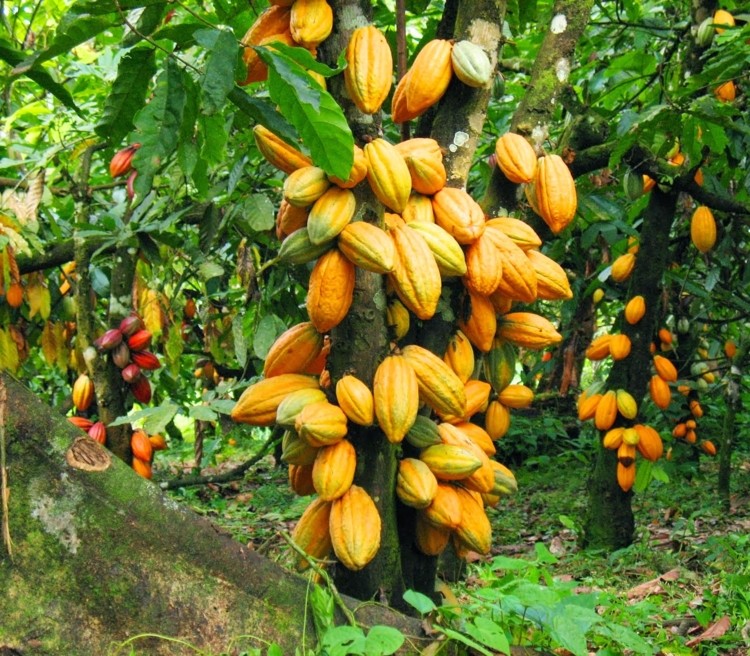
Source: (Allognon, 2019)
Cacao pods collected in this way are taken to a processing house, where they are split open and the cacao beans are removed. Each pod can contain up to 50 cacao beans, but they are not ready yet (The World Atlas of Chocolate, n.d.)!
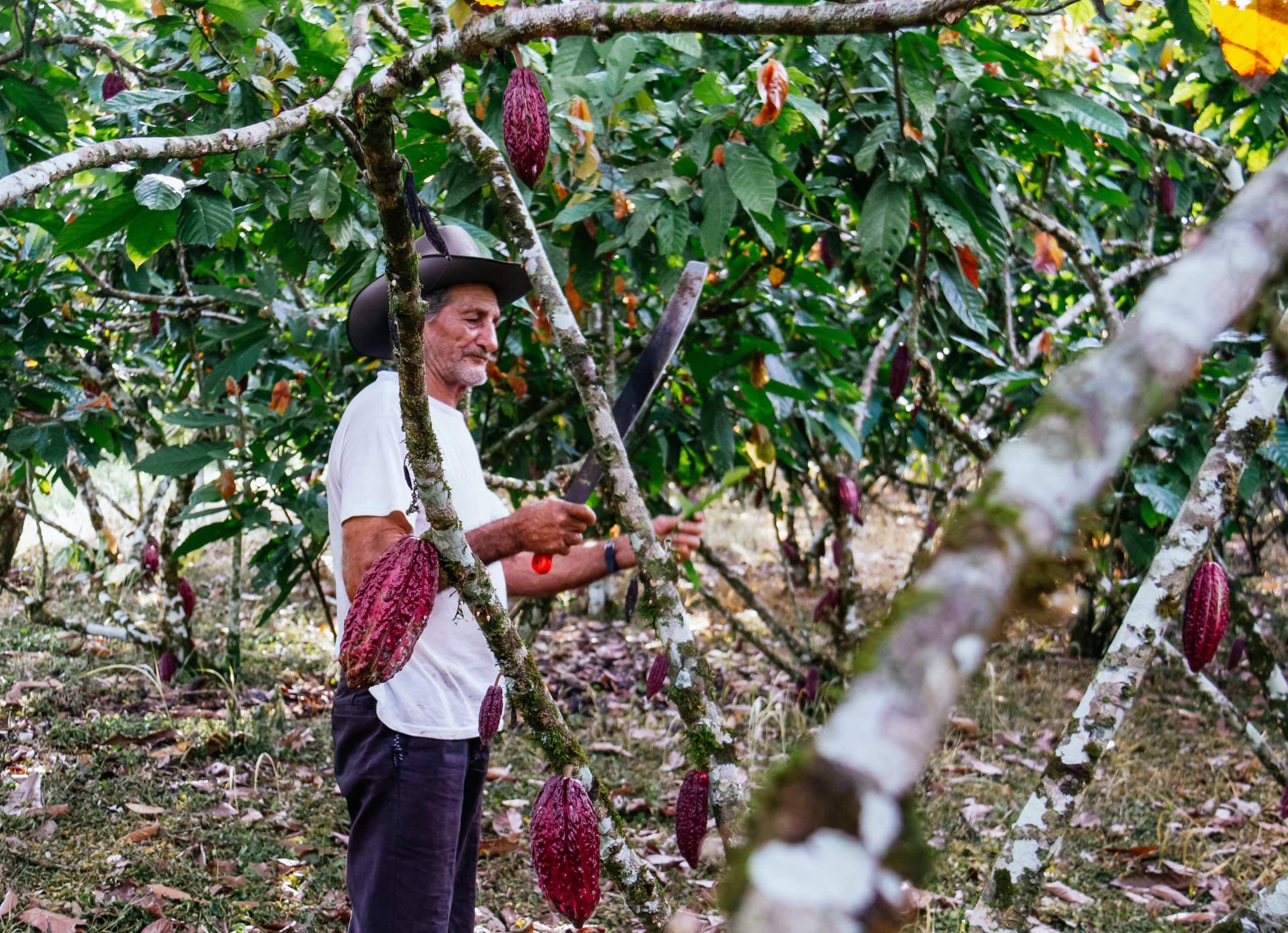
Farmer old man in cocoa plantation, tending and harvesting, Ecuadorian cocoa
The cacao beans, at this point, are to be fermented. There are several options for this phase: for example they can be placed in large, shallow, heated trays or covered with large banana leaves, or, if the climate is right, they could be simply heated by the sun. In this phase the beans are periodically stirred, so that they all come out equally fermented. At the end of this process, which lasts five to eight days, the beans turn brown (The World Atlas of Chocolate, n.d.).
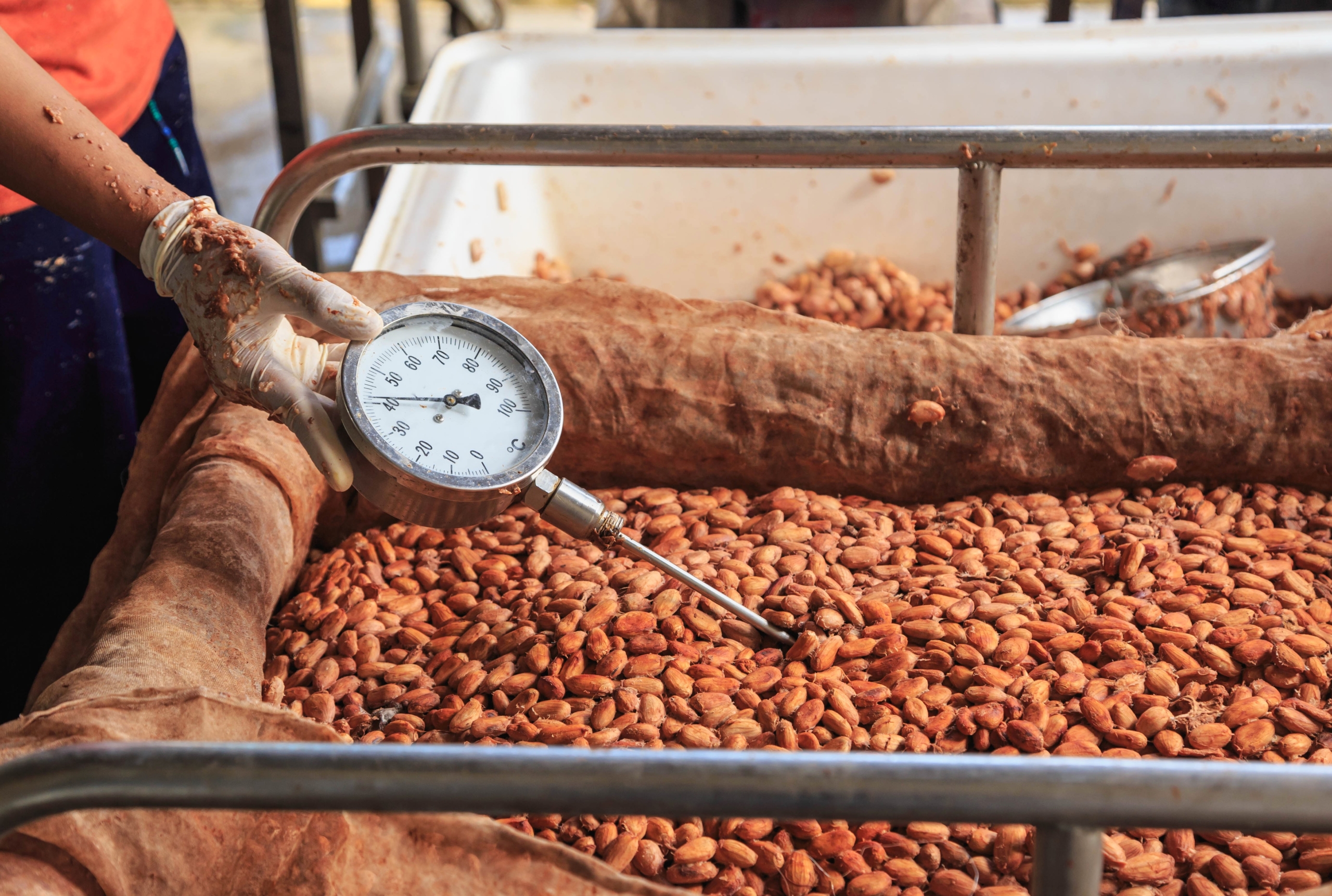
Measure the temperature of the fermented cocoa beans
Finally, after fermentation, the cacao seeds must be dried, so farmers spread them on trays that are then left in the sun. This phase usually lasts about one week. At the end of the drying process the cacao beans are almost half their original weight (The World Atlas of Chocolate, n.d.).
Are you now craving chocolate? Stay tuned to find out more about this bittersweet treat in our next article!
Bibliography
Allognon, L. (2019). Urgent Weather Advisory: Cacao in Ghana. Retrieved July 24, 2021, from aWhere website: https://www.awhere.com/urgent-weather-advisory-cacao-in-ghana/
Murray, J. (2018). What Is Raw Cacao? The Spruce Eats. Retrieved from https://www.thespruceeats.com/what-is-raw-cacao-how-to-use-3376452
Murray, J. (2019). The Difference Between Cocoa and Cacao. The Spruce Eats. Retrieved from https://www.thespruceeats.com/difference-between-cocoa-and-cacao-3376438
Ofori-Boateng, K., & Insah, B. (2014). The impact of climate change on cocoa production in West Africa.
International Journal of Climate Change Strategies and Management, 6(3), 296–314. doi: https://doi.org/10.1108/IJCCSM-01-2013-0007
Oyekale, A. S., Bolaji, M. B., & Olowa, O. W. (2009). The effects of climate change on cocoa production and vulnerability assessment in Nigeria. Agricultural Journal, 4(2), 77–85. Retrieved from https://www.cabdirect.org/cabdirect/abstract/20093214408
Shahbandeh, M. (2021). Cocoa industry – statistics & facts. Statista. Retrieved from https://www.statista.com/topics/3211/cocoa-industry/
Shvili, J. (2020). The Top Cocoa-Producing Countries. WorldAtlas. Retrieved from https://www.worldatlas.com/articles/top-10-cocoa-producing-countries.html
The World Atlas of Chocolate. (n.d.). The production of chocolate. Retrieved July 22, 2021, from https://www.sfu.ca/geog351fall03/groups-webpages/gp8/prod/prod.html
Picture credits: when not otherwise specified, the pictures were purchased by the ArtOn Café director
